
How to Get Good WiFi at School? 11 Ways
You can get good WiFi at school after reading these eleven ways in this guide.
Due to the operational requirements of a school system as well as the curriculum of the school, schools have specific Wi-Fi requirements. As education is completely different from a business’s technical requirements, these school Wi-Fi connectivity requirements are specific to schools only.
However, many of the limitations might seem absurd to students. Some schools may ban searching terms like “Russia,” “Iran,” or “China” or block access to the educational stuff on National Geographic.
Therefore, you want to make sure that your connections are stable and your performance is consistent, but you also want to stay within your budget. In light of this, here are eleven ways to help you get good WiFi at school.
Best Ways to Improve School Wi-Fi Connectivity
Here are a few of the easiest and most effective strategies for assisting students in getting around the censorship of blocked websites. With good WiFi, you can play the best games on your Chromebook at school.
Changing the Browsers Network Proxy
There may be several network proxies at your university or school. Therefore, it’s possible that the administrator has blocked access to some websites through a particular network proxy; however, you can still access them through other network proxies. If this is the situation, use proxy surfing to unblock websites at your school.
Turn off your web browser’s network proxy setting. Students must access the network option in the web browser settings, select the no proxy option, or use any other option that can provide unrestricted browsing at their school or college.
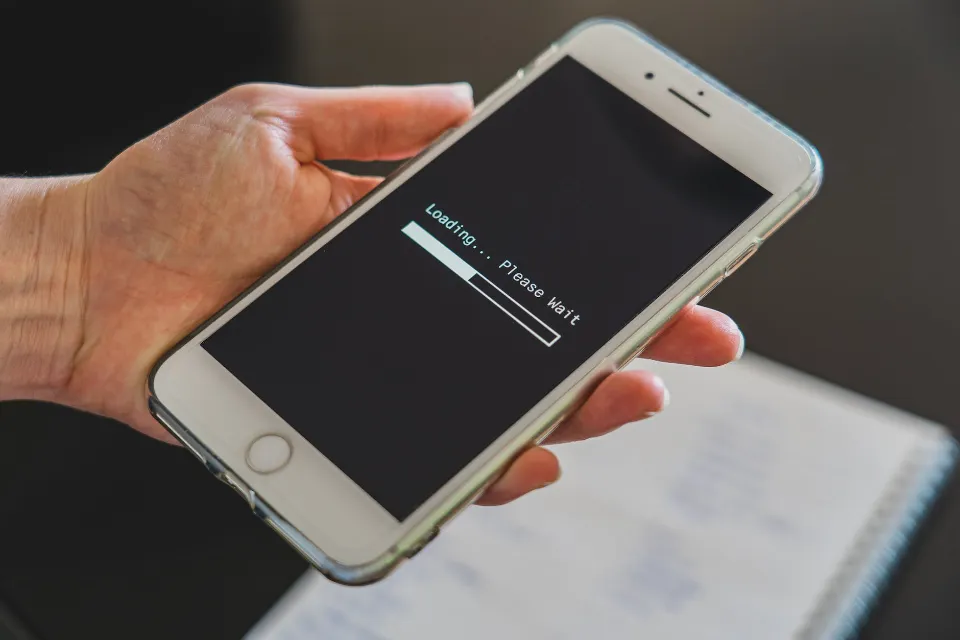
Using HTML to PDF Converter
Students can use SodaPDF, a free online service that allows them to download web pages to their computers without even opening them, for assistance. There are additional free HTML to PDF converter web blocker bypass services available.
Additionally, some complimentary internet services of a similar nature only need URLs to unblock web pages. It’s an easy way to unblock websites without using a VPN or proxy, all things considered.
Switching Internet Network
Customers of many internet service providers can purchase dynamic IP addresses, which are constantly changing. Therefore, it’s possible that the website owner has blocked your IP for a while. Therefore, if you restart your internet router, your internet service provider will be forced to give you a new IP address, allowing you to access the website.
If the network administrator has disabled some particular services, using your phone network is another simple way to access the internet without a bar.
Using the Onion Router
The enormously popular Tor browser is another alternative bypass tool. It is a browser that gets around web blockers. Most of the time, you can use anonymity to access blocked websites at school.
The most effective way to unblock websites is therefore to use Tor. In addition to web blocker bypass, you can use TOR and VPN in combination to increase the security of your device. This is a lethal combination.
Using RSS Feed of Website
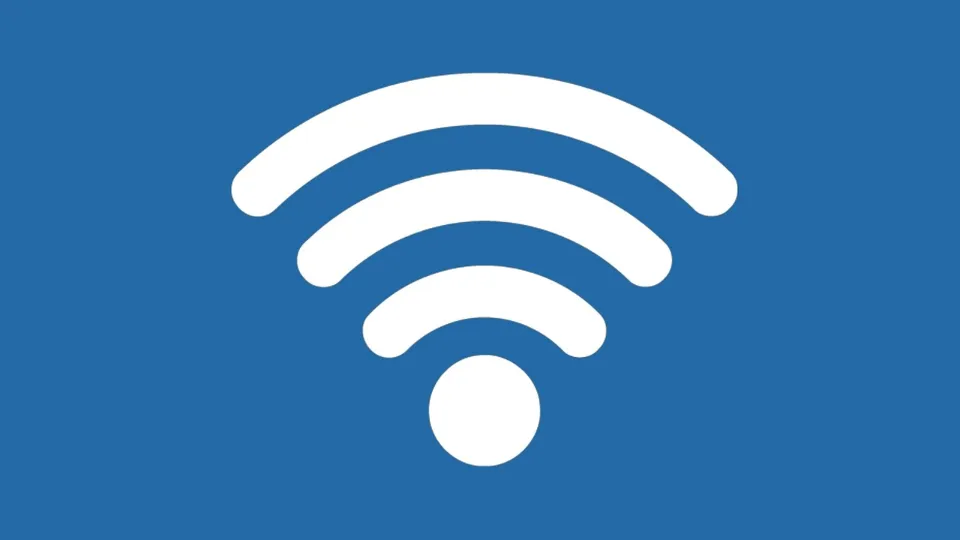
Although it is now more difficult to find RSS feeds, RSS is still very much alive. They are no longer mentioned by web browsers or linked to websites. However, the majority of websites do provide RSS feeds.
New content can be obtained using RSS readers. The restricted web pages’ RSS feed can be contacted. Some RSS readers allow you to load entire web pages on top of their user interface, which you can use to get around blocked sites.
When websites don’t offer feeds, you can always find a few crucial online services for creating the feed. Today, RSS readers may make a comeback as a result of media manipulation and false information. To access content from reputable sources, you can also use a tool like Feedly.
Wayback Machine
This is a helpful service that has copies of almost all websites that are accessible on the internet. It provides multiple saved versions of websites that can be used to access the earlier iterations of the websites. The Wayback Machine enables you to access blocked websites as well.
Therefore, even if a few websites and services go away, this tool will still work for you. In addition, the Internet Archive provides a ton of free ebooks, vintage games, documentaries, movies, and other media.
Custom DNS
The use of Custom DNS is the next strategy to get around the blocked content. To access various websites, the Custom DNS approach uses OpenDNS or Google DNS.
A DNS server can convert a website address to an IP address. The information on the webpage is now accessible to the browser thanks to this process.
The DNS resolver converts the IP address. The conversion’s default server is the Internet provider. A lot of other free options might be available, though. An example would be the Google Public DNS, which has the address 8.8.8.8.
The 1.1.1.1 DNS service has reportedly just been released by Cloudflare. Additionally, iOS and Android apps were available for its 1.1.1.1 DNS service. This is one method by which students can access websites that are restricted.
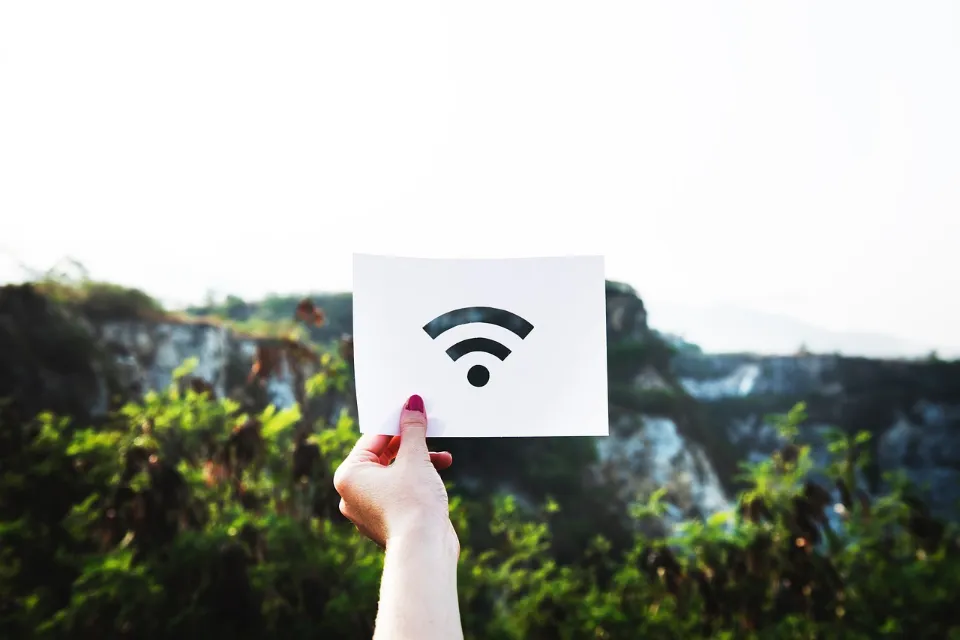
Using Google Translator
Since Google Translator is an educational tool, most schools don’t block it, and unblocking websites in schools and colleges isn’t seen as a problem by anyone. By converting websites into any other language, you can get around the blocked sites using Google Translator.
See if Google Translator works for you by giving it a try. To choose the URL that appears in the translated section, you must paste the URL first.
Using IP Address
Students are aware that every web page has a unique IP address, so even if an administrator has only banned the URL, you can always use the IP address instead of the URL. Enter the IP to avoid websites if this is the case.
- To find the IP address of a website on a Linux computer, type dig websitename.com.
- You can find Traceroute apps for Android and iPhone on Google Play and the App Store.
- To obtain the IP address on a Mac, choose Network Utility > Traceroute and enter the URL.
- For the website’s IP address on a Windows system, type tracert website name.com in the command prompt.
To access internet filters, type this IP into the address bar of your web browser.
You Might Also Like: Best Coding Programs for Middle School Students
Using Proxy Websites
Your access to a few services and websites, such as private emails, social networking, and video streaming, is frequently restricted by the admin by setting up specific boundaries. Sometimes you need a way to access sites that are blocked, and in those situations, proxy websites come in handy.
One thing to bear in mind is that an unblocked proxy is not as secure as the other techniques on this list. So, if protecting your information’s privacy is important to you, consider other options.
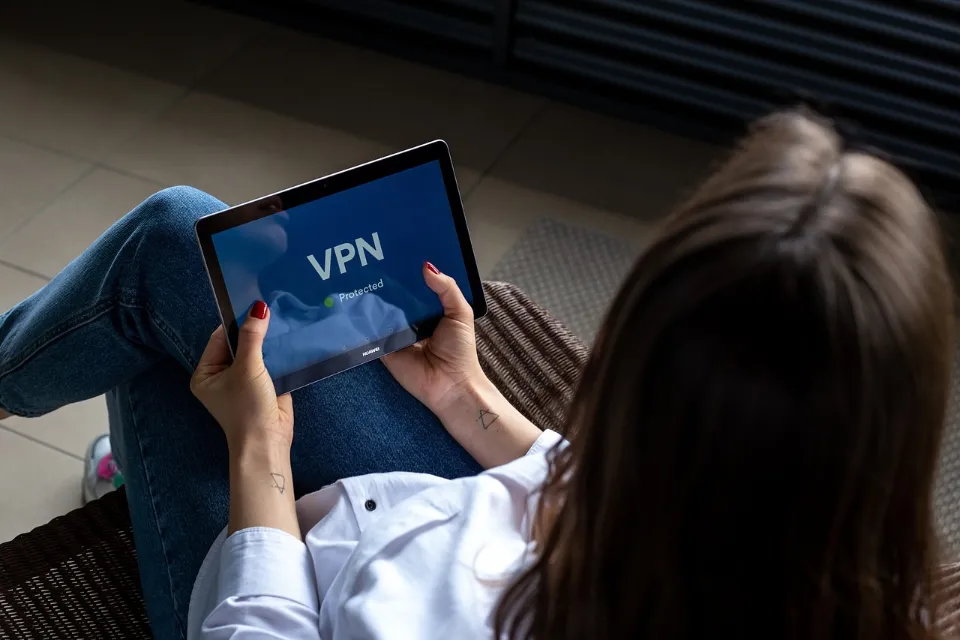
Without worrying about any limitations, you can improve your web experience by using hundreds of proxy websites. A proxy can conceal the blocked website from Internet Service Providers and grant you access to it.
For instance, if Facebook is blocked at your school or college, you can still access it by going to any proxy website and entering the URL.
The popular proxy websites listed below can be used to access blocked websites at school.
- Spysurfing.com
- Hidemyass.com
- Smartproxy.com
Using VPN
Using a VPN is the simplest way to get around your school’s internet filters. A VPN is essentially a powerful piece of software that safeguards your location and privacy. It accomplishes this by encrypting all internet traffic to and from your device and routing it through a middle server in any location you specify.
What Are the Main Issues With Poor Wi-Fi in Schools?
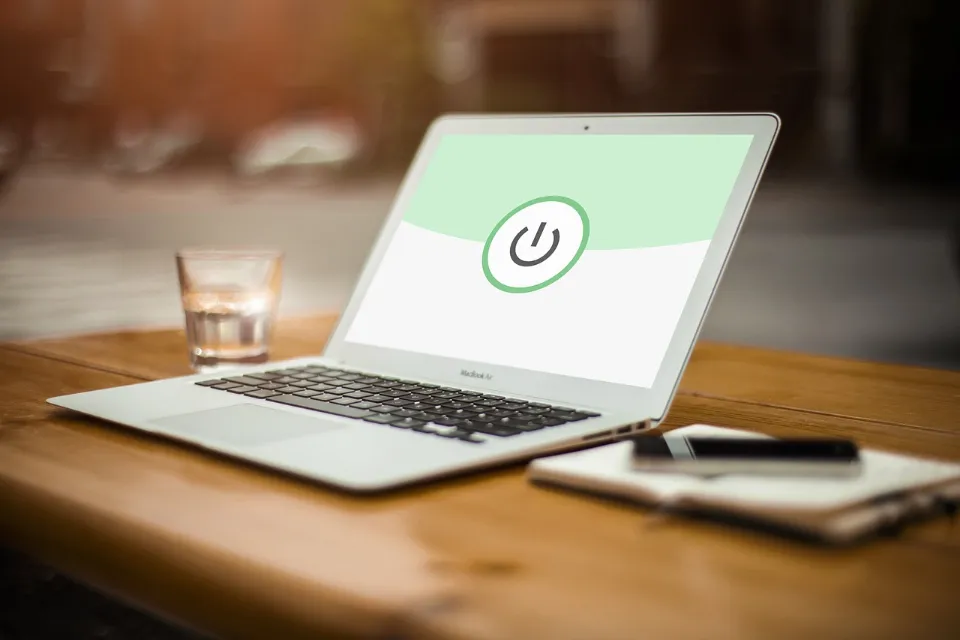
Some main reasons why schools are having connectivity issues are:
- Need More Access Points – As the demand for wireless devices was lower, schools initially had a limited number of wireless access points. Nearly every classroom today needs to have a wireless access point, as do other important spaces like the library.
- Bad infrastructure – A school’s network is comprised of its infrastructure, and problems can arise if it is insufficient for the demands placed upon it. Switches, your Internet pipe’s size and bandwidth, the firewall, and wireless access points are all included.
- Guest wireless is insecure – Mobile phones used by staff, students, and visitors as speakers are examples of guest users. If these devices are already infected with malware or viruses, they could cause security problems by potentially infiltrating the entire school network. Schools can keep their networks secure by separating the guest network and establishing access control lists.
What Are Some Cloud-based School Wi-Fi Solutions?
Schools may profit by following businesses in incorporating the Cloud into their daily operations. The cloud provides computing power, data storage, infrastructure streamlining, and online software.
By implementing this, schools can more effectively access information and lessen the need for current Wi-Fi networks. Moving your school to the cloud will undoubtedly require an initial investment of time and money. Nevertheless, it might be a fantastic option if it didn’t require active routine maintenance.
Numerous cloud software options are available for educational institutions that offer more than connectivity support. They can provide services to help with updating parent booking systems, saving time on administrative tasks, providing lesson plans, and much more.
Network Connectivity Consultant
Still uncertain about your needs or how to guarantee reliable school Wi-Fi connectivity? The best way to make sure the school has everything it requires is to hire a network connectivity consultant. What they will do is:

- Identify weaknesses
- Install & upgrade software
- Optimise internet performance
- Ensure a secure network through testing
- Implement data backup
- Optimise network security
- Train staff
- Develop network infrastructure
Network consultants have a thorough understanding of network technologies and are computer science-trained. They can keep communities connected and resolve issues in all kinds of places, including schools.
By doing this, you can be sure that your staff and students have the connectivity they require so they can concentrate on learning rather than having to deal with Wi-Fi issues. Employing a seasoned IT consultancy could prove to be a crucial tactical choice for your venue.
Conclusion: Enjoy Good Wifi at School Now!
The availability of free WiFi is one of the best aspects of school and college. On the other hand, sluggish WiFi at schools is a possibility. There are two main problems with your school’s WiFi. There are too many students trying to download too much content at once, and there isn’t enough bandwidth available.
You can undoubtedly get around any WiFi restrictions put in place by your school if you use the eleven different ways to access Wi-Fi in school that are mentioned above. By using these suggestions, you can access any website and enjoy a speedy internet experience.
FAQs
How Can I Fix Poor Internet Connection in School?
Restart your modem/router. If at all possible, connect your computer via a wired connection. Or, at the very least, move nearer to the WiFi router. Shut down any teaching apps that aren’t absolutely necessary and may be using too much bandwidth.
Does School WiFi Block Netflix?
There are numerous causes why Netflix might be restricted. It’s not uncommon for streaming sites like Netflix and YouTube to be blocked on school or office networks, as well as blocked games like Pokemon, Roblox, Minecraft, and Fortnite. Also potentially restricted are social media apps.
How Fast Should the Internet Be for School?
State Education Technology Directors Association (SETDA) recommends downlink bandwidth speeds of 100 Kbps per student as a minimum. For online learning, for instance, SETDA advises 250 Kbps per pupil. They advise 1.5 Mbps per device for a bandwidth-hungry platform like Khan Academy.
How Do I Ignore School WiFi Restrictions?
The most effective ways to bypass internet restrictions at school are:
- Using a VPN;
- Using a proxy;
- utilizing a smart DNS service.


